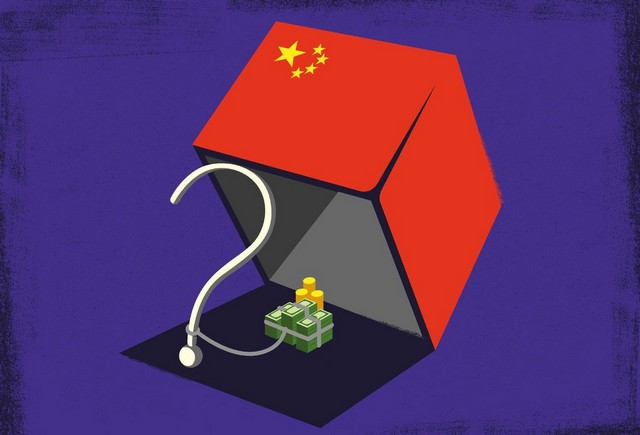By Deborah Brautigam
WASHINGTON — Representatives from more than 150 countries began to gather in Beijing on Friday for a grand forum to celebrate China’s grand Belt and Road Initiative. Since its formal unveiling in 2013, B.R.I. — a vast, worldwide web of infrastructure-development projects mostly funded or sponsored by the Chinese government — has generated both tremendous enthusiasm and tremendous anxiety.
Some call the colossal program a new Marshall Plan, arguing that it could radically reduce the costs of international trade as well as underpin the economic transformation of poor countries.
Others accuse China of using B.R.I. as a way to flex its economic muscle for political gain on the sly. The whole effort is a cover for “debt-trap diplomacy,” goes one common criticism — or, to borrow from John R. Bolton, the United States national security adviser, China is making “strategic use of debt to hold states in Africa captive to Beijing’s wishes and demands.” (Some American Democrats seem to agree with him, at least about this.)
Yes, debt is on the rise in the developing world, and Chinese overseas lending is, for the first time, a part of the story. But a number of us academics who have studied China’s practices in detail have found scant evidence of a pattern indicating that Chinese banks, acting at the government’s behest, are deliberately over-lending or funding loss-making projects to secure strategic advantages for China.
Sign Up for Jamelle Bouie’s Newsletter
Join Jamelle Bouie as he shines a light on overlooked writing, culture and ideas from around the internet.
The main example of these purported ploys is the Hambantota Port in southern Sri Lanka: The government handed control over the port to a Chinese company in 2017 after struggling to make its loan payments to China. But that’s a special case, and it is widely misunderstood.
China does not publish details about its overseas lending, but the China-Africa Research Initiative at Johns Hopkins University (which I direct) has collected information on more than 1,000 Chinese loans in Africa between 2000 and 2017, totaling more than $143 billion. Boston University’s Global Development Policy Center has identified and tracked more than $140 billion in Chinese loans to Latin America and the Caribbean since 2005.
Based on the findings of both institutes, it seems that the risks of B.R.I. are often overstated or mischaracterized.
Take Africa. The International Monetary Fund estimates that as of late January some 17 low-income African countries already were in, or were at risk of, “debt distress,” or of experiencing difficulties in servicing their public debt. We at the China Africa Research Initiative created debt profiles for those countries based on our data on Chinese loans as well as statistics from the World Bank and the I.M.F. — and we discovered that a crowd of global banks and bondholders were involved: notably, in Mozambique, Credit Suisse; or in Chad, the Anglo-Swiss mining giant Glencore. In some of the 17 countries the I.M.F. identified as vulnerable, including Cameroon and Ethiopia, China was the single-largest creditor, but non-Chinese lenders still held the majority of the debt. Only in Djibouti, the Republic of Congo and Zambia did Chinese loans account for half or more of the country’s public debt.
In its 2019 study on China in Latin America and the Caribbean, the Global Development Policy Center concluded that, aside from “the important possible exception of Venezuela,” financing from China alone did not appear to be driving borrowers above the I.M.F’s debt-sustainability thresholds.
Editors’ Picks
At 75, Taking Care of Mom, 99: ‘We Did Not Think She Would Live This Long’
When Your House Won’t Let You Go
‘Had I Catfished My Wife?’: A Debut Midlife-Crisis Memoir
In most of Africa and Latin America, in other words, China’s lending is significant, but fears that the Chinese government is deliberately preying on countries in need are unfounded.
Ms. Brautigam is an expert on China-Africa relations at Johns Hopkins University.
26 April 2019
Source: www.nytimes.com

